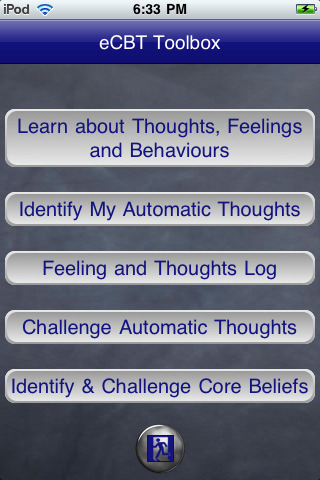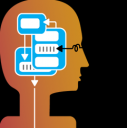Check Your Assumptions About How Minds Work
Sunday, December 20th, 2009 As citizens we make a lot of common sense assumptions about how minds work. There are so-called folk psychological explanations for how we learn, make decisions, solve problems, manage emotions, remember things and so on. Such assumption, especially since they are based on common sense, play an important role in social interactions but are in fact false or misleading. As cognitive designers seeking to optimize artifacts for how minds actually work, we don’t have the luxury of taking folk psychology at face value. We must be very careful to challenge folk psychological assumptions.
As citizens we make a lot of common sense assumptions about how minds work. There are so-called folk psychological explanations for how we learn, make decisions, solve problems, manage emotions, remember things and so on. Such assumption, especially since they are based on common sense, play an important role in social interactions but are in fact false or misleading. As cognitive designers seeking to optimize artifacts for how minds actually work, we don’t have the luxury of taking folk psychology at face value. We must be very careful to challenge folk psychological assumptions.
The PsyBlog has a recent post, Our Minds are Black Boxes - Even to Ourselves, that illustrate this point very well. They reviewed a study from 1977 designed to test assumptions about intelligence, flexibility in problem, likeability and sympathy. The study found that subjects had exceptionally poor judgment about how minds work when it comes to flexibility, likeabilty and sympathy but were reasonable accurate when it comes to intelligence.
I believe this is one of the reasons we need cognitive design so badly today. Our organizations, management practices, products and services have been designed using natural but faulty assumptions about how minds work. This would be similar to using cartoon physics in the design of bridges. It would work for many things but unfortunately fail fatally for others.












